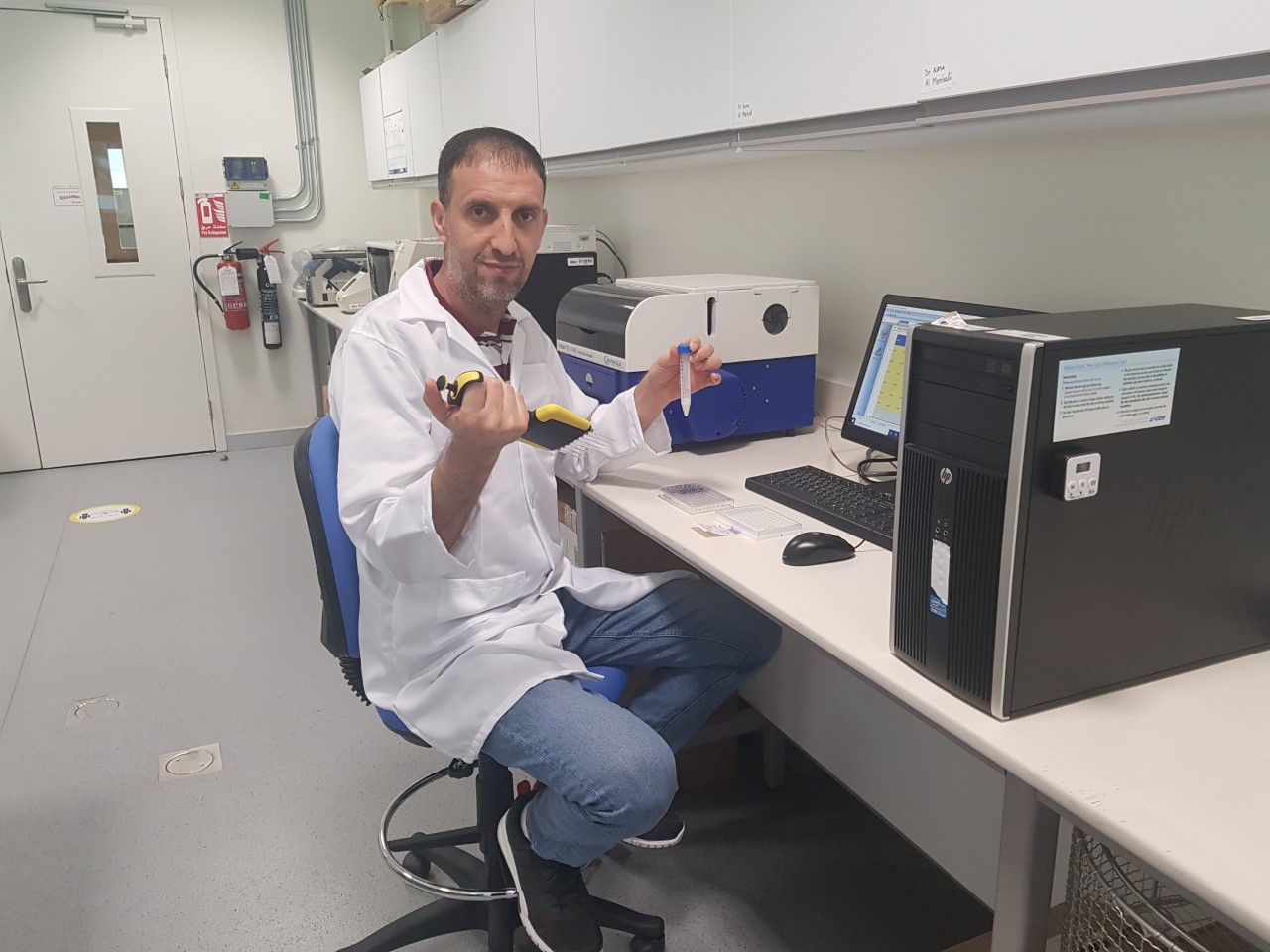As part of its commitment to support innovation and scientific research, the United Arab Emirates University funded acollaborative research project investigating the antidiabetic properties of camel milk. Camel milk is a popular commodity in the UAE and in many parts of the world. It is known for its therapeutic properties against diseases such as diabetes and cancer. It is also widely noted that camel milk reduces the dose of insulin needed to induce glycemic control and improves fasting blood glucose. Camel milk’s antidiabetic properties have been investigated by many researchers worldwide.However, the molecular basis of these properties and the exact active agentare still elusive.
Thus, a study entitled “Molecular basis of the antidiabetic properties of camel milk through profiling of its bioactive peptides on DPP-IV and insulin receptor activity”was conducted byDr. Mohammed Ayoub’s labfrom the Department of Biology, College of Science at UAEU and Dr. Sajid Maqsood’s labfrom the Department of Food Science, College of Food and Agriculture at UAEU with support from Zayed Center for Health Sciences, UAEU.
The study aimed at identifying the bioactive antidiabetic agent(s) from camel milk protein fractions and understanding its mode of action at the molecular level. Dr. Ayoub and Dr. Maqsood have recently published a study which revealed that the bioactive peptides extracted from camel milk have positive effects on the human insulin receptor and glucose transport in cells. This study revealed for the first time the profiling and pharmacological actions of camel whey proteins and their derived peptide fractions on the human insulin receptor and their pathways involved in glucose homeostasis. This sheds more light on the antidiabetic properties of camel milk by providing the molecular basis that constitutes a solid rationale for the use of camel milk in the management of diabetes.In addition, another study further provided evidences in favour of anti-diabetic properties of camel milk proteins wherein anti-hyperglycemic effect was demonstrated in the diabetic rats. These findings are highly promising and may lead to a breakthrough in the fight against diabetes using camel milk-based functional products.
Similar research may lead to the emergence of a new generation of antidiabetic compounds which can be used to formulate camel milk-based functional products; thus, investigating camel milk’s antidiabetic propertiesmay help in reducing the complications of diabetes and contribute to the battle against of this chronic diseasein the UAE and the world. Besides, such discoveries play a vital role in the economic growth of the UAE, especially in the field of drug discovery related to camel milk-based diabetes treatments, as camels are considered a major economic resource in the UAE.
A note worth mentioning is that this study represents one of few reports providing further scientific findings on whey protein hydrolysates with potential antidiabetic activity. It was published inthe leading dairy research peer-reviewed journal in the world; theJournal of Diary Science (volume 104, issue 1), the official publication of the American Dairy Science Association. JDS has An Impact Factor of 3.333, which places it fifth out of 63 journals in the Agriculture, Dairy, and Animal Science category.

